Why This Matters: The Olympian’s Dilemma
For students passionate about math, physics, chemistry, or computer science—and especially those who compete in STEM Olympiads—Advanced Placement (AP) courses present an irresistible opportunity. They offer rigorous, college-level content, potential college credit, and a chance to demonstrate academic ambition on transcripts. But there’s a catch: take too many APs, and your schedule, mental health, and competition prep can suffer. Take too few, and you might leave growth opportunities on the table.

This article is written for students who want the best of both worlds: continuing to excel at Olympiad training while choosing AP courses that reinforce — not derail — that trajectory. Parents will find practical guidance, sample pairings, and realistic schedules. We’ll also highlight how targeted, personalized tutoring—such as Sparkl’s 1-on-1 guidance with tailored study plans and expert tutors—can bridge gaps without adding stress.
Start With Purpose: What Do You Want from APs?
Before you open a course catalog or ask your counselor, answer three simple questions: What are my short-term goals (this school year)? What are my long-term goals (college major and career)? And how much time can I realistically commit outside school for training and rest?
Common Goals and How APs Help
- Strengthen Fundamentals: AP Calculus AB/BC and AP Physics deepen conceptual understanding useful for Olympiad problems.
- Showcase Academic Rigor: Colleges like to see advanced coursework, particularly in the student’s intended field.
- Earn Credit or Placement: Passing scores can lead to college credit or placement, freeing time in college for research or dual majors.
- Complement Olympiad Prep: Some AP courses align well with Olympiad skills (problem solving, proofs, experimental reasoning).
Principles for Pairing APs Without Overload
These principles will help you craft a sustainable AP plan that supports Olympiad training rather than competing with it.
1. Depth Over Quantity
Two to three well-chosen APs taken alongside a focused Olympiad training schedule often beats a scattershot attempt at five or six. Depth means mastering topics that reinforce Olympiad skills—think Calculus BC instead of taking both BC and an unrelated elective.
2. Align AP Content With Olympiad Skills
Choose APs with strong conceptual overlap. For a math Olympian, AP Calculus BC and AP Statistics are natural fits. For a physics Olympian, AP Physics C and AP Calculus pair beautifully because they use the same mathematical tools.
3. Mix Formats: Theory vs. Lab vs. Project
Vary the type of workload. A semester with one lab-heavy course and one problem-solving course often feels more manageable than two courses that both demand long lab write-ups or heavy nightly problem sets.
4. Prioritize Recovery and Practice Windows
Block at least one day per week with lighter academic expectations to recover and focus on Olympiad practice. Recovery isn’t wasted time—it’s where learning consolidates.
AP Pairing Examples by Olympiad Focus
Below are practical pairings tailored to typical Olympiad specializations. These are conservative, balanced suggestions meant to keep you competitive while avoiding burnout.
Math Olympiad (AMC/AIME/USAMO)
- Core APs: Calculus BC, Statistics (optional)
- Supportive APs: Computer Science A (for algorithmic thinking), Physics C (mechanics problems often require calculus)
Physics Olympiad
- Core APs: Physics C: Mechanics, Physics C: Electricity and Magnetism, Calculus BC
- Supportive APs: Chemistry (for experimental background), Computer Science A (data analysis and simulations)
Chemistry Olympiad
- Core APs: Chemistry, Calculus AB/BC
- Supportive APs: Physics 1 or 2 (conceptual insights into physical chemistry), Biology (for biochemical angles)
Computer Science Olympiad
- Core APs: Computer Science A, Calculus AB/BC
- Supportive APs: Physics C (if interested in robotics/systems), Statistics (data-focused contests)
Sample Schedules: Realistic Yearly Plans
Every student’s school schedule looks different, but the following samples show how to place APs across two years to retain Olympiad training time.
| Student Type | Grade 11 Fall | Grade 11 Spring | Grade 12 Fall | Grade 12 Spring |
|---|---|---|---|---|
| Math Olympian (Balanced) | AP Calculus BC, Honors Linear Algebra | AP Statistics, Olympiad Training Block | AP Computer Science A, Advanced Problem Solving | Independent Research / College Applications |
| Physics Olympian (Intensive) | AP Physics C Mechanics, AP Calculus BC | AP Physics C E&M, AP Chemistry Lab | Independent Research (lab), AP Seminar | AP Capstone or lighter electives, Olympiad Finals Prep |
| CS Olympian (Project Focus) | AP Computer Science A, AP Calculus AB | Independent Project, AP Statistics | AP CS Principles (if available), Dual Enrollment Course | College App Projects and Olympiad Practice |
These schedules leave room for competitions, local or national camps, and summer problem-solving sessions. Notice how they avoid stacking multiple heavy-lab APs with multiple proof/problem-heavy APs in the same semester.
Study Strategies That Respect Time and Energy
Preparing for APs and Olympiads simultaneously requires smart study design. Here are proven strategies that reduce busywork and increase high-quality practice.
1. The Weekly Split: Skill vs. Application
- Dedicate specific days to conceptual learning (AP content) and others to application (Olympiad-style problems).
- For example: Monday/Wednesday/Friday for AP lectures and practice, Tuesday/Thursday/Saturday for Olympiad problem sets.
2. Use APs to Bootstrap Olympiad Skills—and Vice Versa
AP Calculus drills sharpen techniques you’ll use in physics and engineering problems. Conversely, Olympiad problem-solving strengthens creative approaches that make AP free-response questions faster and more accurate.
3. Focused Practice Blocks (Pomodoro With Purpose)
Short, intense blocks (25–50 minutes) focused on a single target—an AP FRQ format, a specific Olympiad lemma, or a lab analysis—are more effective than marathon sessions. Plan 3–4 focused blocks per day on study days, and include an active-break protocol (walk, stretch, or light coding exercises).
4. Quality Over Quantity for Practice Tests
Taking every AP practice exam available can drain time. Instead, schedule 2–3 full practice AP exams per year (timed, under realistic conditions) and use targeted mini-tests for the rest. For Olympiads, focus on problem sets of increasing difficulty from recent contests rather than random practice.
When to Get Help: The Role of Personalized Tutoring
Some students thrive independently; others need guidance to maximize efficiency. Personalized tutoring is especially effective when your time is precious—like when balancing Olympiad training and AP courses.
What Effective Tutoring Looks Like
- 1-on-1 Guidance: One tutor, aligned to your goals, who adapts pacing and priorities.
- Tailored Study Plans: A weekly plan that integrates AP deadlines, Olympiad practice cycles, and recovery periods.
- Expert Tutors: Coaches who understand both AP expectations and Olympiad problem styles.
- Data-Driven Insights: Feedback that tracks progress and highlights the highest-leverage weaknesses to fix.
Sparkl’s personalized tutoring model often fits naturally into this approach: tutors create tailored plans that dovetail AP syllabus milestones with Olympiad preparation, helping students spend less time guessing and more time improving.
Common Pitfalls and How to Avoid Them
Pitfall 1: Taking APs for Appearance
It’s tempting to list every impressive-sounding AP on your transcript. But a bloated transcript with mediocre performance is worse than a focused transcript with strong results. Choose courses that match your strengths and prove growth.
Pitfall 2: Ignoring College Credit Policies
Some colleges award credit for AP scores, others only grant placement, and policies vary by department. Don’t build your schedule solely to chase credit—prioritize learning and demonstration of ability. Check individual college catalogs later in the application process; until then, focus on scoring well and building competencies.
Pitfall 3: Underestimating Non-Academic Time
Testing days, competitions, travel, and recovery add hours to your weekly load. Build buffer weeks into your AP timelines (e.g., lighter lab workloads before major contests).
How to Communicate With Your School and Coaches
Coordination is essential. Your AP teachers, Olympiad coaches, and school AP coordinator are allies—share schedules and ask for accommodations when overlaps occur.
- Notify your AP teacher early if you anticipate competition conflicts.
- Ask for targeted recommendations rather than generic study lists when you’ll miss class time.
- Work with your AP coordinator to understand late-test or make-up policies.
Measuring Success: Beyond Scores
Numbers are helpful but incomplete. Track both quantitative and qualitative progress.
- Quantitative: AP practice exam percentiles, Olympiad contest ranks, accuracy over time.
- Qualitative: Problem-solving speed, conceptual clarity, confidence in collaboration and research settings.
Use a simple spreadsheet to log weekly effort and outcomes. Over months, trends will show whether your pairing strategy is sustainable and effective.
Real-World Context: College Admissions and Research Opportunities
Admissions officers look for coherent academic narratives. A math Olympian who pairs Calculus BC and CS A and completes a project in algorithms tells a consistent story. Likewise, a physics Olympian who takes Physics C and engages in lab research demonstrates both depth and initiative. Quality of engagement—research, competitions, meaningful projects—often matters more than the sheer count of APs.
Summer: The Secret Weapon
Summer is prime time for accelerating both AP readiness and Olympiad skills without classroom constraints. Options include focused study blocks, research internships, math/physics camps, or project development.
- Use summer to get a head start on AP topics that overlap with Olympiad material (e.g., advanced calculus, mechanics).
- If you’re taking a lab-based AP, do pre-lab reading so you can use class time for deeper understanding rather than basic procedures.
- Consider short bursts of tutoring before the school year to create a personalized, time-efficient study plan—this is where Sparkl’s focused 1-on-1 sessions can be particularly effective.
Case Studies: Two Short Profiles
Case A: Maya — The Math Olympian
Maya balances AIME training with two APs: Calculus BC and AP Computer Science A. She limits extracurriculars to two weekly math club meetings and one coaching session. Her tutor creates a weekly plan: two days of AP-focused study, two days of Olympiad problems, and one day for mixed practice and recovery. GPA and competition performance rise because her study is intentional, not scattered.
Case B: Ethan — The Physics Competitor
Ethan signs up for AP Physics C and AP Chemistry in junior year, but his coach warns against taking both in the same semester due to lab load. He takes Physics C in the fall and Chemistry in the spring, using summer to begin Calculus BC. Ethan’s coach and tutor coordinate to ensure practice tests are scheduled around lab project deadlines—reducing stress and improving outcomes.
Action Plan: Create Your AP-Olympiad Map
Use this checklist to design a pairing that fits you.
- List your Olympiad calendar (training blocks, competitions, travel) for the next 18 months.
- List AP courses you’re eligible to take and rank them by alignment with your Olympiad goals.
- Draft two course-load scenarios: Conservative (2 APs/year) and Ambitious (3 APs/year). Assess time tradeoffs honestly.
- Schedule buffer weeks before major competitions and AP exams.
- Decide if a tutor or mentor would increase efficiency; if so, identify someone who understands both AP curricula and Olympiad demands.
Final Thoughts: Balance Is a Strategy, Not a Compromise
Success in Olympiads and success in APs come from focus, practice, and smart resource allocation. You don’t need to overload your schedule to prove credibility—carefully chosen APs, consistent practice, and strategic support can produce both deep learning and impressive results.
If you ever feel stretched too thin, step back, reassess your goals, and align your schedule to what truly moves those goals forward. For many students, a short season of targeted tutoring—like Sparkl’s personalized 1-on-1 sessions that deliver tailored study plans and expert feedback—can turn “too much” into “just right.”
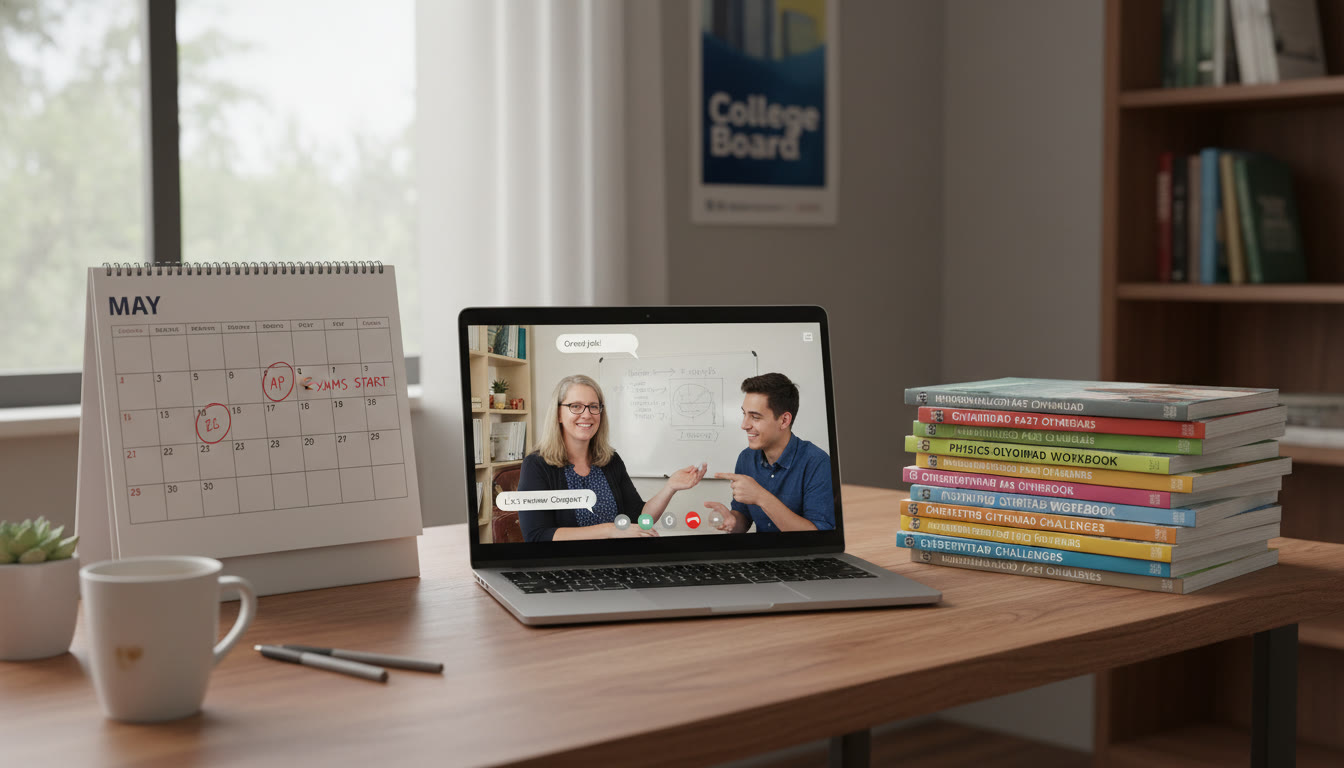
Quick Reference: Do’s and Don’ts
| Do | Don’t |
|---|---|
| Choose APs that reinforce Olympiad skills | Sign up for every AP offered just to “look good” |
| Plan buffer weeks around competitions and labs | Ignore travel and recovery time when scheduling exams or practice |
| Use focused practice and timed mock exams | Spend hours on unfocused studying or low-quality practice |
| Consider targeted tutoring for efficiency | Assume more hours equals better outcomes |
Resources to Keep in Mind
Track AP schedules, exam formats, and registration deadlines through your school’s AP coordinator and the official AP calendar. Keep your personal competition calendar synced to your study plan. Finally, when you need efficiency, a few sessions with an expert tutor who understands both AP expectations and Olympiad problem styles can produce outsized gains.
Parting Encouragement
Balancing APs and Olympiad commitments is not merely an exercise in scheduling—it’s an opportunity to practice strategic decision-making, which is itself a valuable skill for STEM careers. Embrace the process: pick thoughtfully, practice deliberately, rest intentionally, and seek help when targeted support will save hours and build confidence. With the right pairing, you’ll arrive at college stronger academically and emotionally prepared to take on research, competitions, and ambitious coursework.
Good luck—plan well, train smart, and keep your curiosity alive. The path you choose now can lead to both medals and meaningful learning.






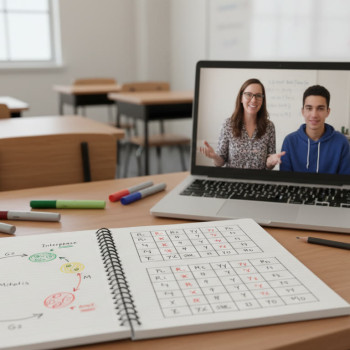
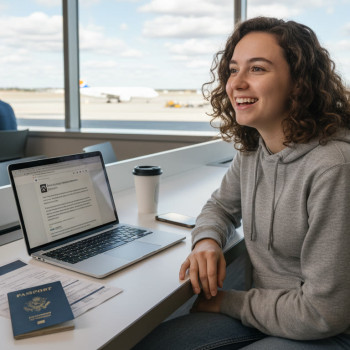
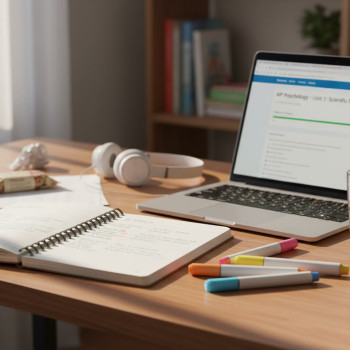

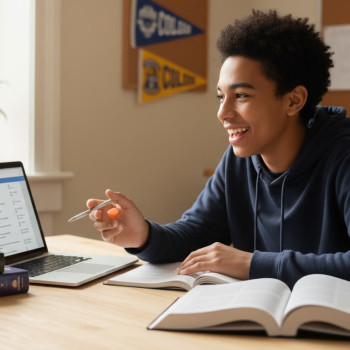




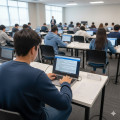




No Comments
Leave a comment Cancel